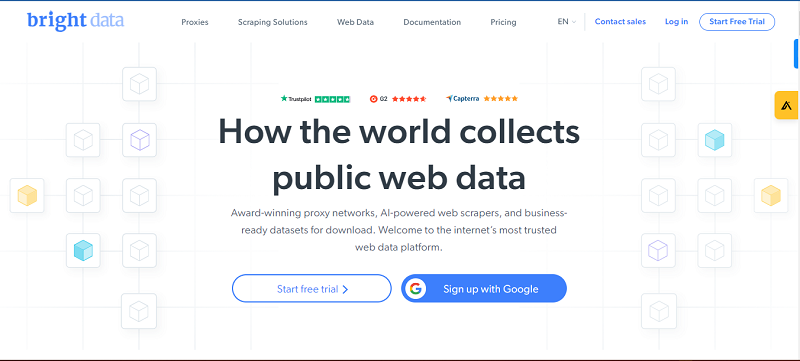As a technologist, I am constantly thinking about leveraging the latest software or hardware to provide solutions to problems. My latest thoughts revolve around disaster recovery and Disaster Recovery as a Service (DRaaS), and how it can be made more accessible to the masses.
Before diving into the topic let’s first discuss what has enabled it for enterprises of all sizes – in a word, virtualization, a technology which has revolutionized today’s data center and been one of the biggest disrupting technologies of the last decade or so. Server virtualization products like VMware’s ESXi, Citrix’s Xenserver, Microsoft’s HyperV and various other hypervisor platforms have been the driving forces behind server virtualization. The concept of virtualization has bled over into other data center technologies such as storage and even networking. Though not as common as server virtualization, these technologies display the promise of providing cost savings while enabling agility and scalability.
Server virtualization has enabled enterprises to consolidate physical hardware and more effectively utilize server hardware, while providing a platform for cloud offerings such as Infrastructure-as-a-Service (IaaS), Software-as-a-Service (SaaS) and Platform-as-a-Service (PaaS) to create a multi-billion dollar market for Amazon, Microsoft, Google and IBM.

Another benefit derived from server virtualization is a market propelled by a plethora of start-up companies offering Disaster-Recovery-as-a-Service (DRaaS). These companies are able to offer cost effective disaster recovery solutions to enterprises of all sizes. Dedicated hardware is no longer required at a disaster recovery site, as virtual servers can now easily be replicated to the disaster recovery site’s virtual environment. Software vendors also noted this opportunity and have begun to focus on developing disaster recovery software with greater capabilities and intelligence. Features include replication of virtual machines, agnostic of storage types and server hardware, which allow near instantaneous recovery point objectives for only the cost of bandwidth needed to keep up with the data flow. The automation in these newer software packages has also reduced possible recovery time from days down to hours.
Today, a cloud based disaster recovery service should offer the following capabilities if it is to earn your valued business.
Now we have defined the bare requirements for DRaaS. In Part 2 we’ll put together a list of features that a service provider could offer that would make our lives easier, add value to our businesses and change the DRaaS market.
By Marc Malizia





